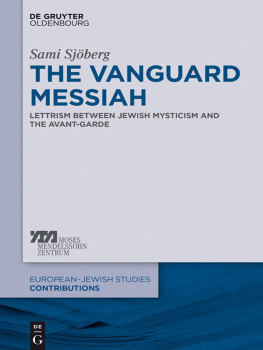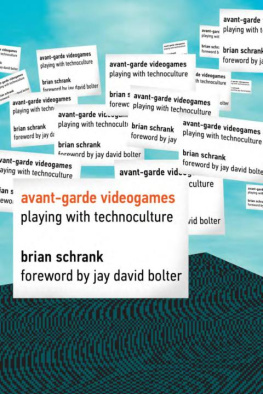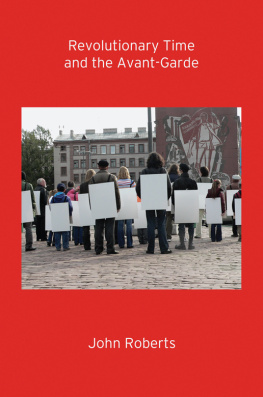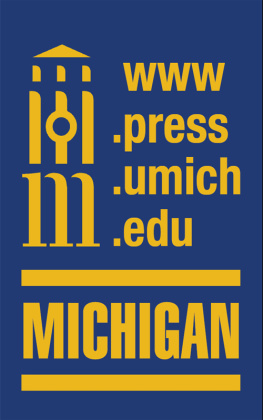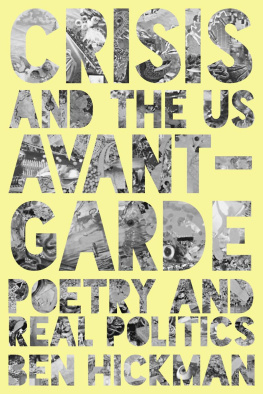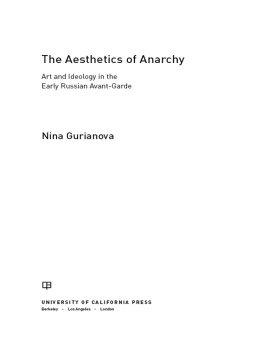ISBN 978-3-11-042779-0
e-ISBN (PDF) 978-3-11-042452-2
e-ISBN (EPUB) 978-3-11-042468-3
Library of Congress Cataloging-in-Publication Data
A CIP catalog record for this book has been applied for at the Library of Congress.
Bibliographic information published by the Deutsche Nationalbibliothek
The Deutsche Nationalbibliothek lists this publication in the Deutsche
Nationalbibliografie; detailed bibliographic data are available in the Internet
at http://dnb.dnb.de .
2015 Walter de Gruyter GmbH, Berlin/Boston
Typesetting: Dr. Rainer Ostermann, Mnchen
Orinting: CPI books GmbH, Leck
www.degruyter.com
Acknowledgements
The topic of this book was first developed in 2008 within the research group Literature, Transcendence, Avant-Garde where I benefitted from the collegial expertise of scholars Pivi Mehtonen, Elisa Heinmki and Antti Salminen. My sincere thanks go to Sascha Bru who introduced me to the concept of academic gift economy and who lives by its standards. Vivian Liska has thoroughly rummaged through the text in its various stages, for which I am immensely grateful. The impact of our discussions over the years cannot be emphasised enough.
Several astute people have commented on the manuscript in its different stages. I have benefitted from the insights of readers and listeners Alexander McCabe, Harri Veivo, Andreas Kramer, Shira Wolosky, William Franke, Tom Sandqvist, Hannu Riikonen, Elisabeth Loevlie and The MDRN research group in KU Leuven, especially Jan Baetens, Bart van den Bossche, Pieter Verstraeten and Ben De Bruyn.
For their help and confidence in this project I want to thank Pietro Ferrua, David W. Seaman, Cosana Eram, Frederic Acquaviva and the Ruth & Marvin Sackner Archive. Special thanks go to Catherine Goldstein and Giulio Busi for their permission to include the visual material in the book, as well as the late Alain Sati for his friendship, help and generosity.
A draft of appeared in Literature & Theology (25:2, 185198).
My work has been financially supported by the Academy of Finland, Kone Foundation, Emil Aaltonen Foundation, Alfred Kordelin Foundation and the University of Helsinki, for which I am grateful.
Introduction
The term avant-garde, in its artistic sense, was first introduced by Benjamin Olinde Rodrigues (17951851) in his essay Lartiste, le savant et lindustriel: dialogue (1825). Even though Rodriguess background as a French banker and Saint-Simonian socialist is often mentioned by cultural historians, his Sephardi Jewish heritage has often been overlooked. Despite such an implicit connection, the case of Rodrigues reflects the more general discussion on the relation between the avant-garde and the Jews, which is often mentioned but seldom investigated in-depth. Marc Chagall was Jewish, Tristan Tzara was Jewish, as were Carl Einstein, Max Brod, Salomo Friedlaender, Hans Richter and so what?
The obvious challenge to any such inquiry is the dispute regarding what Jewish means somewhat a Gordian knot itself. Even when the artists Jewishness and relation to Judaism are obvious, such as in this book, the connection with the avant-garde is problematic. Jewishness and avant-garde are aporetic, because the first is defined historically in cultural and ethnic terms, whereas the second seeks to avert imposed historical definitions; albeit the avant-garde has several of its own conceptions of history. This is to say that there is no straightforward solution to the aporia which would allow one to speak of a Jewish avantgarde, and a similar dilemma concerns Jewish art in general. Therefore, the individual artist must always negotiate the interrelations between Jewishness, Judaism and avant-gardist art. It seems that, in the words of Marcel Janco, there is no Jewish artist but rather an artist who is a Jew. The occupational and ethnic characterisations do not intermingle.
The dilemma related to identity resurfaced each time traditional elements were combined with vanguard art. For instance, El Lissitzky (Lazar Markovich Lissitzky, 18901941) reflected on this predicament in 1923 by asking Who were we? And where did we belong among the nations of the world? And what was our culture about? And how should our art be? Similar self-reflections were recurring among Jews active in the avant-garde, and occasionally a suitable answer was found between various traditions. Illustrating this, numerous expressionist artists were proselytes or secular people of Jewish origin. Many of their theories provided syncretistic models of, for instance, messianism, amalgamating elements derived from both Jewish and Christian traditions with a modern twist that required awareness of the early twentieth-century context. Illustrating this, Vivian Liska points out Jewish expressionists who convey messianic visions in an irreverent and provocative clash of incompatibles and display a tendency to the bizarre and dissonant, to puns and a-grammatical syntax mingling babble and colloquial expressions with suggestions of a mystically inspired power of the poetic word to act on reality. The means for such experimentation with language were readily available in language-oriented mysticisms, which is one reason why numerous avant-garde movements were drawn to mysticism. In the context of the avant-garde that took advantage of Jewish elements, such features could be used as a means of destabilising everyday experiences and identity, and still be interpreted as merely aesthetical.
One hereby immediately arrives at a rather unrewarding conclusion: that there were as many ways of relating to ones Jewish identity, as there were artists. Yet, in the words of Musil, even though there is no general solution, there are particular solutions that one can combine in order to come closer to a general solution. Indeed, at times the only common denominator seems to be the fact that the artists were born to a Jewish family. However, such a heritage entails an acquaintance with certain traditions, institutions and upbringing, which provide for potential common experiences amongst the artists. Many of those mentioned above went to the synagogue and received a Jewish education Chagall, for instance, was schooled in the yeshiva and Tzara attended a Jewish lyceum. Such a background indicates that they were exposed to, among other things, particular linguistic milieus, customs and sociolects which could influence or even, to some extent, inform their later creative work.
Naturally, as a diversified people, the Jews of Europe led their lives in highly dissimilar ways under various flags. For instance, the German-Jewish expressionists were in a far better position in the Weimar Republic (especially Berlin) than the Jews of Eastern Europe, such as those in Romania or Russia, where anti-Semitism was more visible, pogroms frequent and civil rights often limited. The situation is illustrated by the fact that Romanian Jews gained citizenship as late as 1919 while a comprehensive emancipation took place as late as 1923. The Jews of Romania were the last in Europe to become legally equal. This is to say that while living in Romania, Tzara had not technically been a Romanian but a Jew living in Romania.

